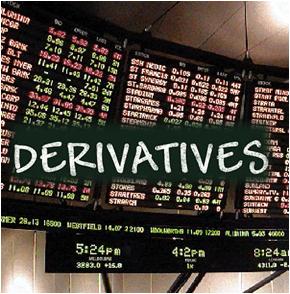The year 2003 marked the real turning point in the policy framework for commodity market when the government issued notifications for withdrawing all prohibitions and opening up forward trading in all the commodities. This period also witnessed other reforms, such as, amendments to the Essential Commodities Act, Securities (Contract) Rules, which have reduced bottlenecks in the development and growth of commodity markets. Of the country's total GDP, commodities related (and dependent) industries constitute about roughly 50-60 %, which itself cannot be ignored.
Most of the existing Indian commodity exchanges are single commodity platforms; are regional in nature, run mainly by entities which trade on them resulting in substantial conflict of interests, opaque in their functioning and have not used technology to scale up their operations and reach to bring down their costs. But with the strong emergence of: National Multi-commodity Exchange Ltd., Ahmedabad (NMCE), Multi Commodity Exchange Ltd., Mumbai (MCX), National Commodities and Derivatives Exchange, Mumbai (NCDEX), and National Board of Trade, Indore (NBOT), all these shortcomings will be addressed rapidly. These exchanges are expected to be role model to other exchanges and are likely to compete for trade not only among themselves but also with the existing exchanges.
The recent policy changes and upbeat sentiments about the economy, particularly agriculture, have created lot of interest and euphoria about the commodity markets. Even though a large number of the traditional exchanges are showing flat volume, this has not weakened excitement among new participants. Many of these exchanges have been permitted with a view to extend the culture and tradition of forward trading to new areas and commodities and also to introduce new technology and practices.
The current mindset of the people in India is that the Commodity exchanges are speculative (due to non delivery) and are not meant for actual users. One major reason being that the awareness is lacking amongst actual users. In India, Interest rate risks, exchange rate risks are actively managed, but the same does not hold true for the commodity risks. Some additional impediments are centered around the safety, transparency and taxation issues
Raw materials form the most key element of most of the industries. The significance of raw materials can further be strengthened by the fact that the "increase in raw material cost means reduction in share prices". In other words "Share prices mimic the commodity price movements".
Industry in India today runs the raw material price risk; hence going forward the industry can hedge this risk by trading in the commodities market.







